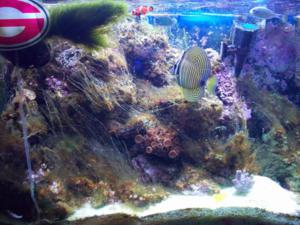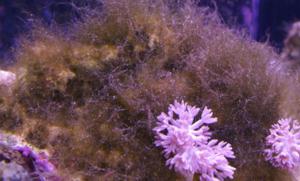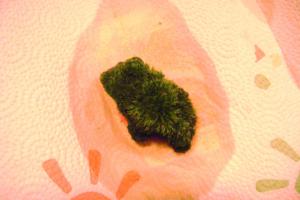My 160 Gal tank is exactly 1 year old....
Parameters:
Temp: 78 F (Target 78F)
Salinity: 1.025 (Target 1.025)
Ph: 8.06 (Target 8.1-8.3)
Kh: 10.0 (Target 10.0)
Ca: 430 (Target 420)
Mg: 1380 (Target 1380)
Nitrates: 12.2 (Target >20)
Phosphate 0.10 (Target 0.07)
All of a sudden (2-3 weeks ago i have started to see a lot of this type of ALGAE.... is this hair algae? turf algae or what is this? I have a refugium with chaetomorpha and caulerpa plorifera so I would like to stay away from Fluconazole.... but will not hessitate to use it if its necesary.
I keep my nutriets down by 35% water changes every 4-6 weeks... High Capacity GFO reactor and a skimmer. Run a 12 hr photoperiod with a 6 hour "max" intensity period of 80% on 3 XR15s.. the other 6 hours run at a very low intensity, never had an issue... until 2-3 weeks ago...
Any ideas? Thanks in advance!
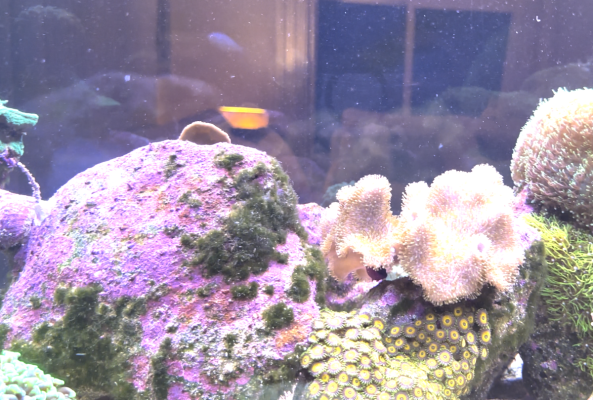
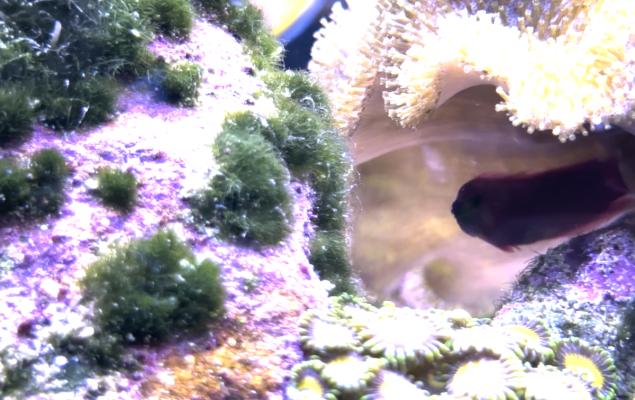
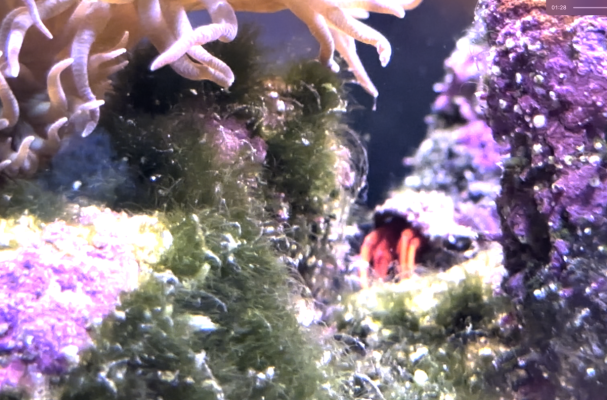
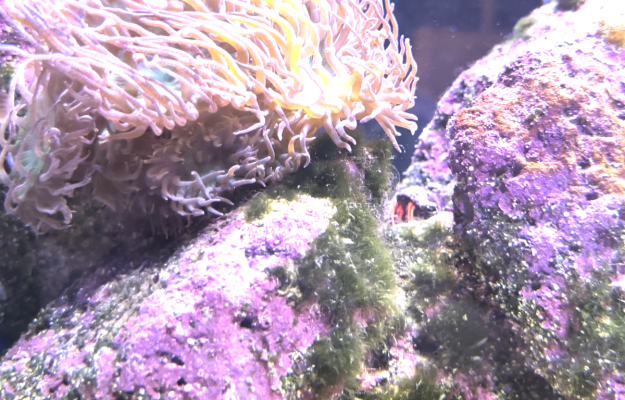
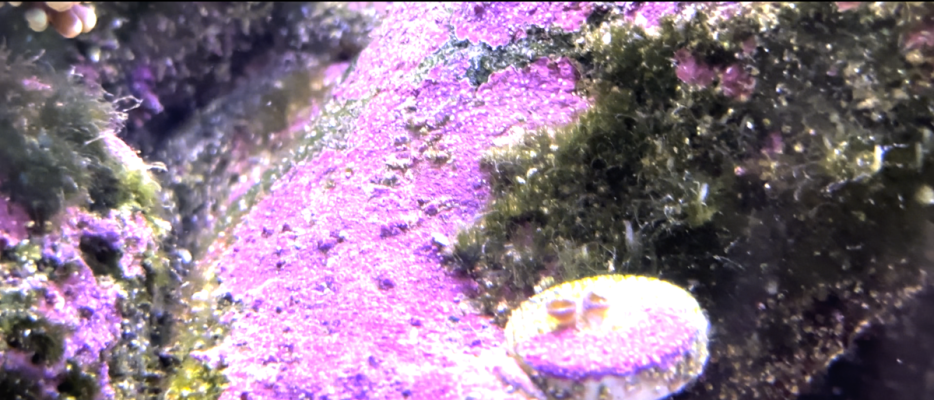
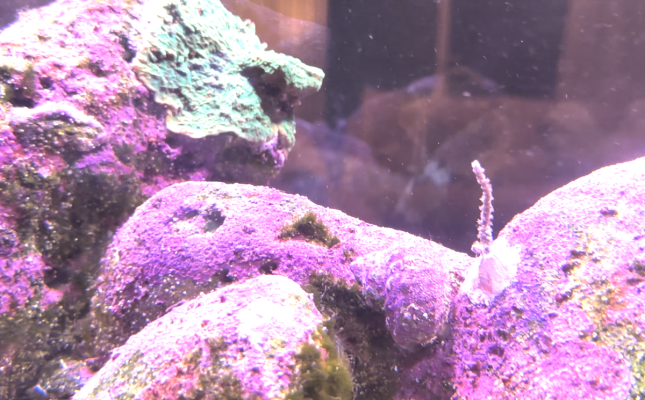
Parameters:
Temp: 78 F (Target 78F)
Salinity: 1.025 (Target 1.025)
Ph: 8.06 (Target 8.1-8.3)
Kh: 10.0 (Target 10.0)
Ca: 430 (Target 420)
Mg: 1380 (Target 1380)
Nitrates: 12.2 (Target >20)
Phosphate 0.10 (Target 0.07)
All of a sudden (2-3 weeks ago i have started to see a lot of this type of ALGAE.... is this hair algae? turf algae or what is this? I have a refugium with chaetomorpha and caulerpa plorifera so I would like to stay away from Fluconazole.... but will not hessitate to use it if its necesary.
I keep my nutriets down by 35% water changes every 4-6 weeks... High Capacity GFO reactor and a skimmer. Run a 12 hr photoperiod with a 6 hour "max" intensity period of 80% on 3 XR15s.. the other 6 hours run at a very low intensity, never had an issue... until 2-3 weeks ago...
Any ideas? Thanks in advance!









